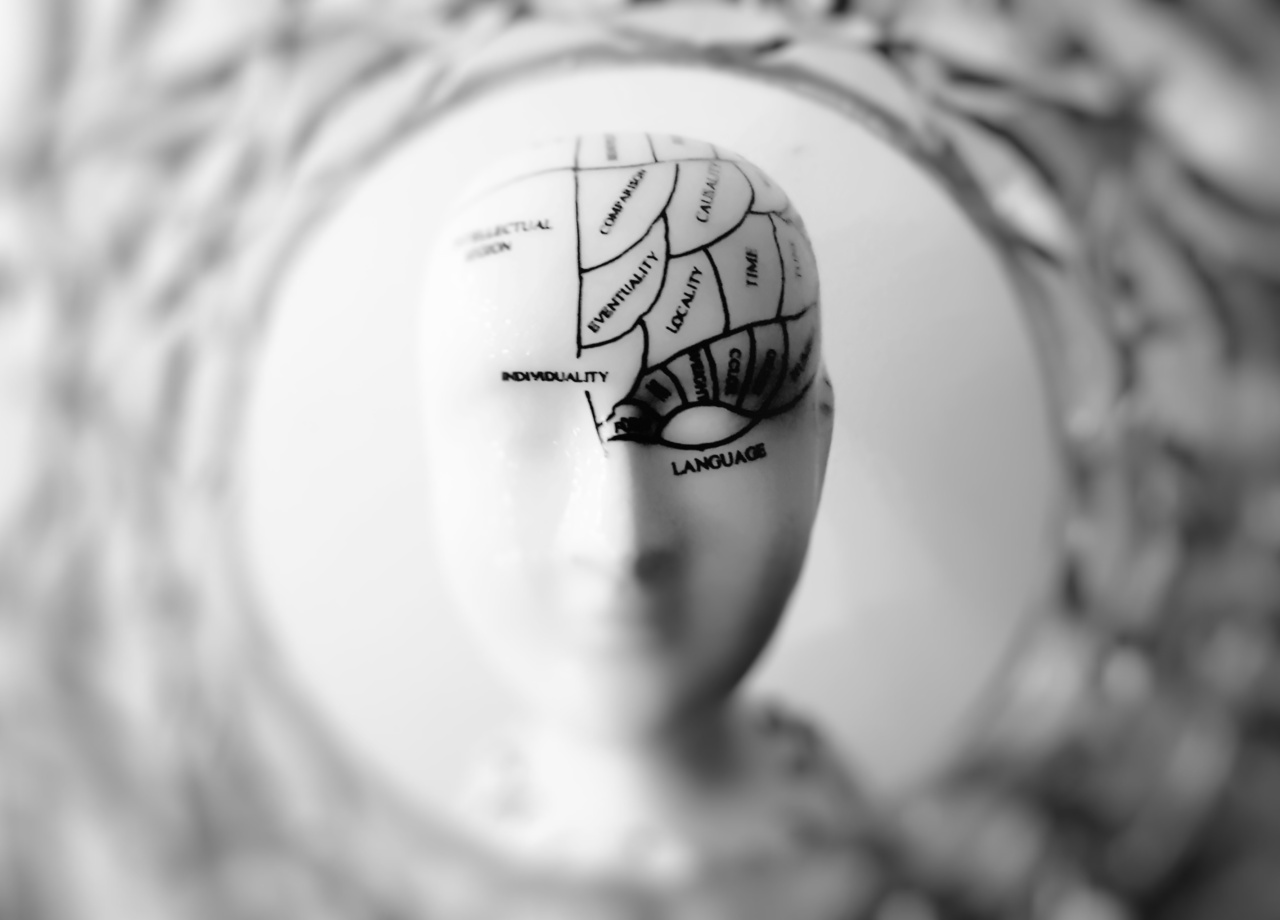Have you ever experienced a tingling sensation that starts at the top of your head and travels down your spine, leaving you feeling blissful and relaxed? If so, you may have had what is commonly referred to as a “brain orgasm.” This euphoric sensation, known scientifically as autonomous sensory meridian response (ASMR), has garnered a dedicated following online and has been praised for its potential therapeutic benefits. In this article, we will explore the fascinating world of brain orgasms and delve into the heavenly sensations they can provide.
The Origins of ASMR
ASMR first gained attention in the early 2000s, primarily through online platforms. Individuals who experienced the sensation began sharing their stories and realized they were not alone in their unique experiences.
It wasn’t until 2010, however, that the term “ASMR” was coined by Jennifer Allen, a cybersecurity expert, and enthusiast of the phenomenon.
Defining ASMR
Autonomous sensory meridian response refers to a pleasurable tingling sensation that is typically triggered by specific auditory or visual stimuli. Common triggers include whispering voices, the sound of tapping or scratching, and gentle hand movements.
ASMR can also be evoked by visual stimuli such as watching someone perform a meticulous task, like folding clothes or arranging objects. While the exact mechanism behind ASMR remains unclear, researchers believe it activates the parasympathetic nervous system, promoting feelings of relaxation and well-being.
The Heavenly Sensations of ASMR
The sensations experienced during ASMR can vary from person to person.
For some, it starts with a warm tingling sensation at the crown of their head, often described as a “brain orgasm.” This euphoria then spreads down the back and limbs, inducing a profound sense of calm and contentment.
Benefits of ASMR
ASMR has gained recognition for its potential therapeutic benefits. Many individuals use ASMR videos as a tool for relaxation, stress reduction, and even help with sleep disorders.
The gentle and soothing nature of ASMR triggers can help alleviate anxiety and promote a sense of tranquility. Some studies even suggest that ASMR may have positive effects on mood, memory, and overall mental well-being.
The Science Behind ASMR
Despite its growing popularity, the scientific understanding of ASMR remains limited. However, recent research has shed some light on its mechanisms and potential effects.
Functional magnetic resonance imaging (fMRI) studies have shown that ASMR activates brain regions associated with reward, emotional regulation, and sensory integration. These findings support the notion that ASMR can induce pleasant and calming sensations.
Popular ASMR Triggers
ASMR triggers can vary greatly from person to person, as individuals may respond differently to different stimuli. However, some triggers tend to be widely popular within the ASMR community. Here are ten commonly reported ASMR triggers:.
1. Whispering Voices
The soft and gentle sound of a whispering voice can evoke a sense of intimacy and relaxation, often triggering ASMR sensations.
2. Tapping or Scratching Sounds
The repetitive and rhythmic sounds produced by tapping or scratching objects can generate ASMR tingles for many individuals.
3. Gentle Hand Movements
Watching someone perform delicate and deliberate hand movements, such as tracing patterns or applying gentle touches, can induce soothing sensations.
4. Bob Ross-Style Painting
The calm and focused demeanor of the late Bob Ross, combined with the rhythmic strokes of his brush, has been a consistent trigger for ASMR enthusiasts.
5. Hair Play and Haircutting
Many people find the sensation of having their hair played with or getting a haircut incredibly relaxing, with the sounds and gentle touch stimulating ASMR.
6. White Noise or Rain Sounds
Ambient sounds like white noise, rainfall, or gentle waves can create a peaceful atmosphere, triggering ASMR sensations for those who find comfort in such sounds.
7. ASMR Eating Sounds
Certain individuals experience ASMR tingles triggered by the sounds of someone eating, chewing, or crunching on various foods.
8. Role-Playing Scenarios
Enacting specific scenarios, such as personal attention from a caring professional or role-playing a calming spa experience, can elicit intense ASMR responses.
9. Page Flipping and Paper Sounds
The gentle rustling of pages or the crisp sound of unfolding paper can create a satisfying ASMR experience, especially for book lovers.
10. Personal Attention and Whispered Affirmations
Receiving personal attention from someone, even if it’s through a video, combined with whispered affirmations, can instill a sense of comfort and foster ASMR sensations.
Conclusion
The brain orgasm, or ASMR, is a captivating phenomenon that continues to intrigue and delight many people around the world.
With its potential therapeutic benefits and the wide range of triggers available, ASMR offers a pathway to heavenly sensations and a reprieve from the stresses of everyday life. Whether you’re a devoted ASMR enthusiast or new to the concept, exploring the world of brain orgasms can be a truly captivating and soothing experience.





























